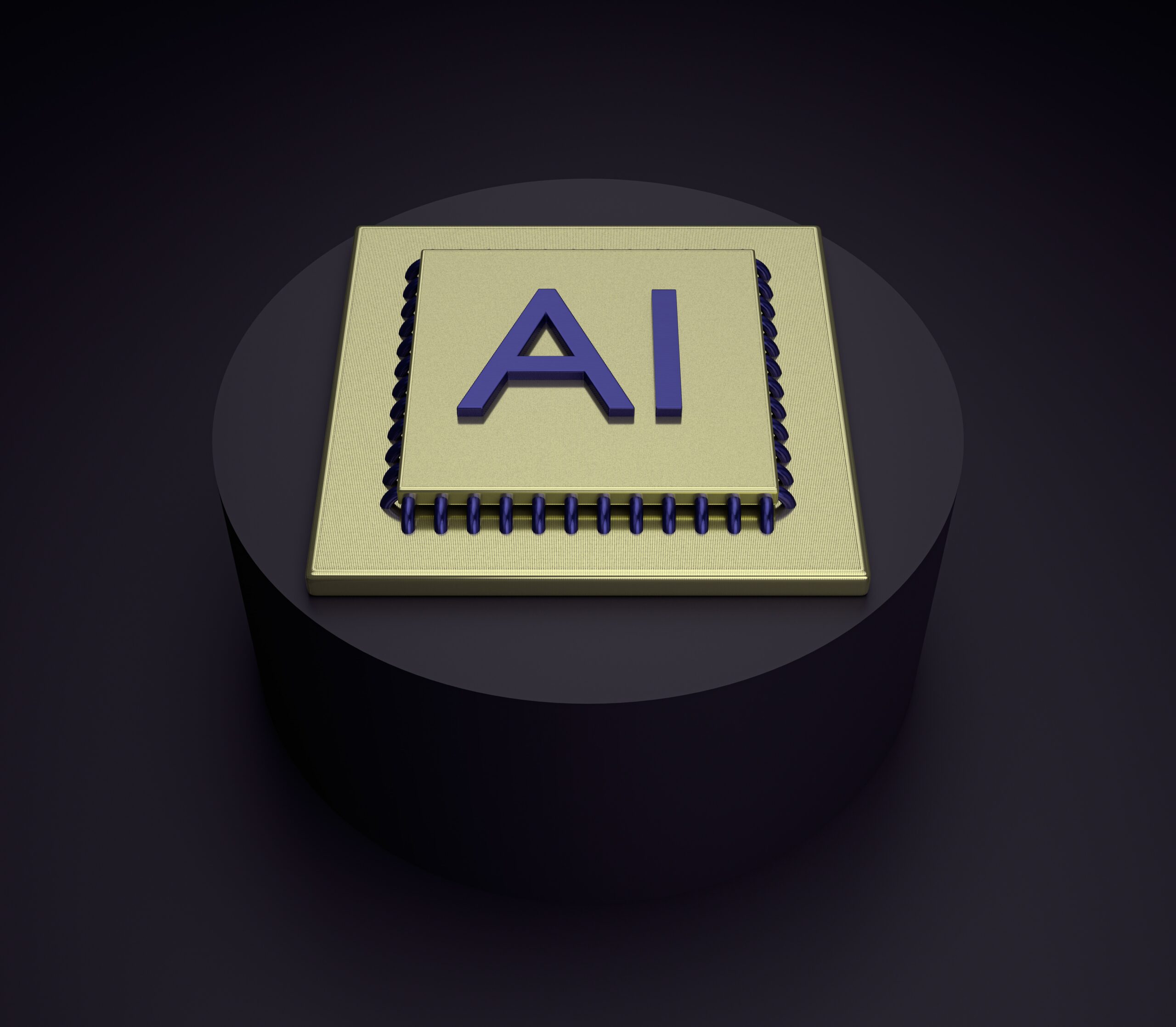Patents have long been the cornerstone of innovation, providing inventors and businesses with the legal protection and exclusive rights they need to develop their groundbreaking ideas. However, as technology continues to evolve at an unprecedented pace, the complexity and volume of patent drafting have surged. Enter artificial intelligence (AI), a revolutionary tool reshaping the landscape of patent drafting for emerging technologies. In this comprehensive article, we will delve into the profound impact of AI in the realm of patent drafting, exploring its benefits, challenges, and the future it promises.
Understanding Patent Drafting
Before we delve into the role of AI in patent drafting for emerging technologies, let’s establish a solid understanding of what patent drafting entails. At its core, patent drafting is the process of converting an inventor’s innovative idea into a legally enforceable patent. A well-drafted patent serves as a comprehensive document that not only defines the invention but also safeguards the inventor’s exclusive rights. To achieve this, a patent application typically comprises several key components, including the title, abstract, description, claims, and drawings if applicable.
These components work in harmony to provide a clear and thorough description of the invention. The description, in particular, should explain how the invention works, what it aims to achieve, and how it differs from existing technologies. Achieving this level of detail and clarity is often a challenging task, especially in emerging technology fields.
Challenges in Patent Drafting for Emerging Technologies
- Rapid Advancements and Complexity in Emerging Tech
Emerging technologies, such as artificial intelligence, quantum computing, and biotechnology, are characterized by rapid advancements and intricate concepts. As these fields evolve, so do the challenges associated with drafting patents for innovations within them. Keeping pace with the latest developments and understanding the nuances of these technologies is demanding for patent professionals.
- The Need for Specialized Knowledge
Effective patent drafting requires deep expertise not only in patent law but also in the specific technology domain. In emerging tech areas, patent drafters must possess specialized knowledge, making it challenging to find qualified professionals capable of translating intricate technical details into patent-worthy descriptions.
- Time and Resource Constraints
Innovation waits for no one, and patent applications must often be filed quickly to secure a priority date. This urgency can lead to time constraints that may compromise the quality of patent drafting. Additionally, the resources required for extensive research and drafting can be significant, especially for startups and small businesses.
- Risk of Narrow Patents
Narrow patents, which overly limit the scope of protection, can result from inadequate drafting. This poses a significant risk in emerging tech, where the boundaries of innovation are continually expanding. Failing to draft a patent with sufficient breadth can leave the inventor vulnerable to competitors who make slight modifications to their technology.
AI and Patent Drafting
Now, let’s explore how artificial intelligence is transforming patent drafting for emerging technologies, addressing the challenges mentioned above.
Benefits of Using AI in Patent Drafting
Enhanced Efficiency and Speed
AI-powered tools significantly enhance the efficiency and speed of patent drafting. Natural Language Processing (NLP) algorithms can analyze vast volumes of technical documents, helping patent professionals identify relevant information quickly. This expedites the research phase and streamlines the drafting process.
Improved Accuracy and Quality
One of the standout advantages of AI is its ability to eliminate human errors. AI-driven patent drafting tools are exceptionally precise, reducing the risk of inaccuracies that could jeopardize the patent’s validity. Additionally, AI can assist in generating clear and concise descriptions, which are crucial for patent quality.
Reduction in Costs
While AI implementation may require an initial investment, the long-term cost savings are substantial. AI-driven patent drafting reduces the time and resources required for manual research and drafting, making the process more cost-effective, especially for businesses with limited budgets.
Examples of AI Tools for Patent Drafting
- Natural Language Processing (NLP) for Patent Analysis: NLP algorithms can analyze patent databases, scientific journals, and other technical documents to identify relevant prior art. This technology helps patent professionals understand the state of the art and refine their patent applications.
- Machine Learning Algorithms for Prior Art Search: AI-powered algorithms can perform sophisticated prior art searches by comparing the patent application’s claims to existing patents and technical literature. This not only saves time but also ensures comprehensive searches.
- Automated Claim Generation: AI can assist in generating patent claims, a critical aspect of any patent application. By analyzing the invention’s description, AI can propose well-structured claims that align with the patent office’s requirements.
- Patent Language Translation: In a globalized world, patents often need to be filed in multiple countries. AI-driven translation tools can accurately translate patent documents, ensuring that the application meets the language requirements of various patent offices.

The AI-Driven Patent Drafting Process
Let’s take a closer look at the AI-driven patent drafting process, breaking it down into key steps:
Data Collection and Analysis
AI tools gather and analyze vast amounts of technical data, including prior art and related patents. They identify key concepts, trends, and relevant information that inform the patent drafting process.
Prior Art Search and Analysis
AI algorithms perform exhaustive prior art searches, ensuring that the patent application is novel and non-obvious. They compare the invention’s claims to existing patents and scientific literature, highlighting potential areas of contention.
Drafting Patent Applications
AI-assisted drafting tools generate patent application components, such as the description and claims. They ensure that the language is clear, concise, and aligned with patent office guidelines.
Review and Refinement
Human patent professionals review and refine the drafts generated by AI tools. They ensure that the application accurately represents the invention and complies with legal requirements.
Comparison with Traditional Manual Drafting Methods
It’s important to note that AI doesn’t replace human expertise in patent drafting; rather, it augments it. Traditional manual drafting methods rely solely on human knowledge and experience. While this approach is valuable, it can be time-consuming and may overlook critical prior art. AI, on the other hand, accelerates the process and enhances its accuracy by leveraging vast datasets and algorithms.
Ethical and Legal Considerations
As AI becomes increasingly integrated into patent drafting processes, ethical and legal considerations come to the forefront.
Ethical Concerns in AI-Driven Patent Drafting
AI algorithms can inherit biases present in the data they’re trained on. In patent drafting, this could lead to biases favoring certain technologies or industries. Patent professionals must be vigilant in identifying and mitigating bias.
As AI takes on more tasks in patent drafting, professionals have a responsibility to ensure that the technology is used ethically. This includes verifying the accuracy of AI-generated content and upholding the ethical standards of the legal profession.
Legal Implications and Patent Office Guidelines
Patent applications generated with the assistance of AI must still comply with the legal requirements of the patent office. It’s essential to ensure that AI-generated content aligns with the relevant laws and regulations.
AI should not compromise the criteria for patentability, including novelty, non-obviousness, and utility. Patent professionals must carefully review AI-generated content to ensure it meets these criteria. Some patent offices require disclosure of AI involvement in patent drafting. Patent applicants may need to provide information about the AI tools used in the process.
Strategies to Ensure Ethical and Legal AI Usage
To address these ethical and legal concerns, patent professionals and organizations can implement the following strategies.
Be transparent about the use of AI in patent drafting. Clearly disclose the involvement of AI tools in the application process. Regularly assess AI algorithms for bias and take steps to mitigate any identified biases. This includes diversifying training data and reviewing AI-generated content for fairness. While AI can automate many tasks, human oversight remains crucial. Patent professionals should review and verify AI-generated content to ensure it meets ethical and legal standards.
AI-Enhanced Patent Prosecution
The transition from patent drafting to prosecution is a critical phase in the patent process. It involves interactions with patent examiners, responding to office actions, and defending the patent’s validity. AI can also play a significant role in this phase.
AI can assist in identifying relevant prior art during prosecution, helping patent professionals craft strong responses to office actions. AI tools can analyze legal precedents and case law to strengthen arguments during prosecution. AI can provide predictive analytics on the likelihood of a patent’s success, aiding in decision-making regarding continuation or abandonment. Automation of administrative tasks can streamline the patent prosecution process, reducing costs and time.
AI-driven inventions present patent practitioners with an enormous challenge: differentiating between abstract ideas and tangible innovations that can be protected under 35 USC section 101 and can result in rejections at both the USPTO and Federal Circuit levels.
The USPTO’s recently issued 2019 Revised Patent Subject Matter Eligibility Guidance is intended to address this problem by instructing examiners how to evaluate patentability of AI-related and other software inventions. As AI continues its rapid advancement, patent practitioners must stay abreast of USPTO examination trends as well as relevant PTAB and Federal Circuit decisions regarding patentability to ensure that AI inventions are successfully drafted and prosecuted.
As the industry evolves, patent practitioners will need to carefully consider inventorship and infringement issues related to AI-based inventions. When an application describes using an AI tool for invention generation, traditional theories of infringement such as inducement and contributory infringement may no longer apply.
Drafting AI patent applications requires clearly outlining the invention’s domain. AI-related inventions often blur the lines between an abstract idea, like a mathematical formula, and its real-world applications and results; hence it is crucial that patentability be properly protected by outlining both essence as well as tangible applications of this new innovation. This approach not only captures its full spectrum but also strengthens it.
Future Trends and Challenges
As AI continues to evolve, several future trends and challenges in patent drafting for emerging technologies are anticipated.
AI-driven predictive analytics for patent valuation. Enhanced collaboration between AI and patent professionals. Integration of AI with other emerging technologies, such as blockchain for patent tracking. The use of sensitive data in AI-driven patent drafting raises privacy concerns that must be addressed. Striking the right balance between AI and human expertise will remain a challenge. Adapting AI tools to work seamlessly with existing patent management systems may require significant effort. Robust data privacy protocols and compliance measures. Training and upskilling patent professionals in AI utilization. Collaborative development of AI tools that integrate well with existing infrastructure
Artificial intelligence is ushering in a new era of patent drafting, especially for emerging technologies. It addresses the challenges posed by rapid advancements, resource constraints, and the need for specialized knowledge. AI enhances efficiency, accuracy, and cost-effectiveness while providing patent professionals with valuable insights.
However, ethical and legal considerations are paramount. Bias in AI algorithms and compliance with patent laws must be carefully managed. The future of AI in patent drafting promises continued innovation, but it also brings new challenges that require strategic solutions.
In this ever-evolving landscape, industries are witnessing tangible benefits from AI-driven patent drafting. As AI becomes an integral part of the innovation process, it will shape the future of patent law, enabling inventors and businesses to protect their emerging technologies with greater precision and speed. Embracing AI in patent drafting is not just a choice; it’s a necessity in the modern era of innovation.

